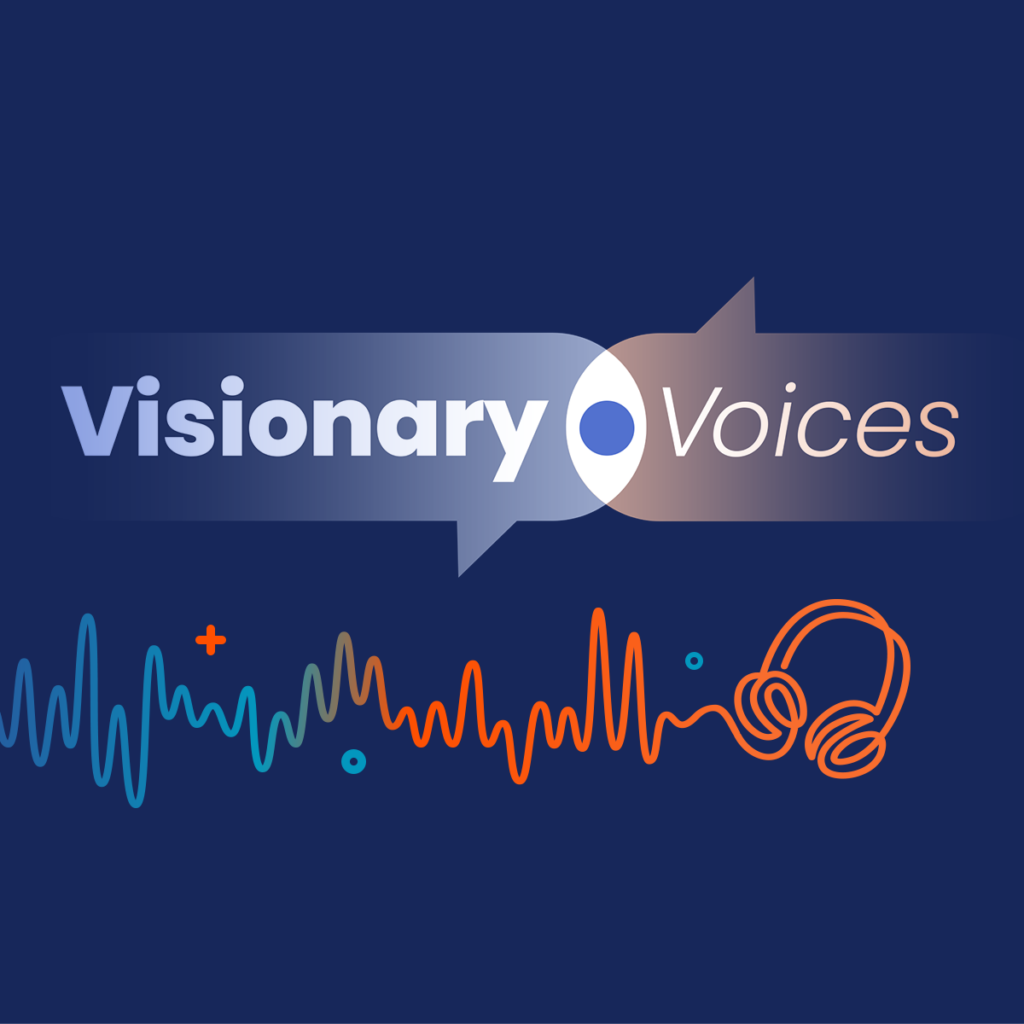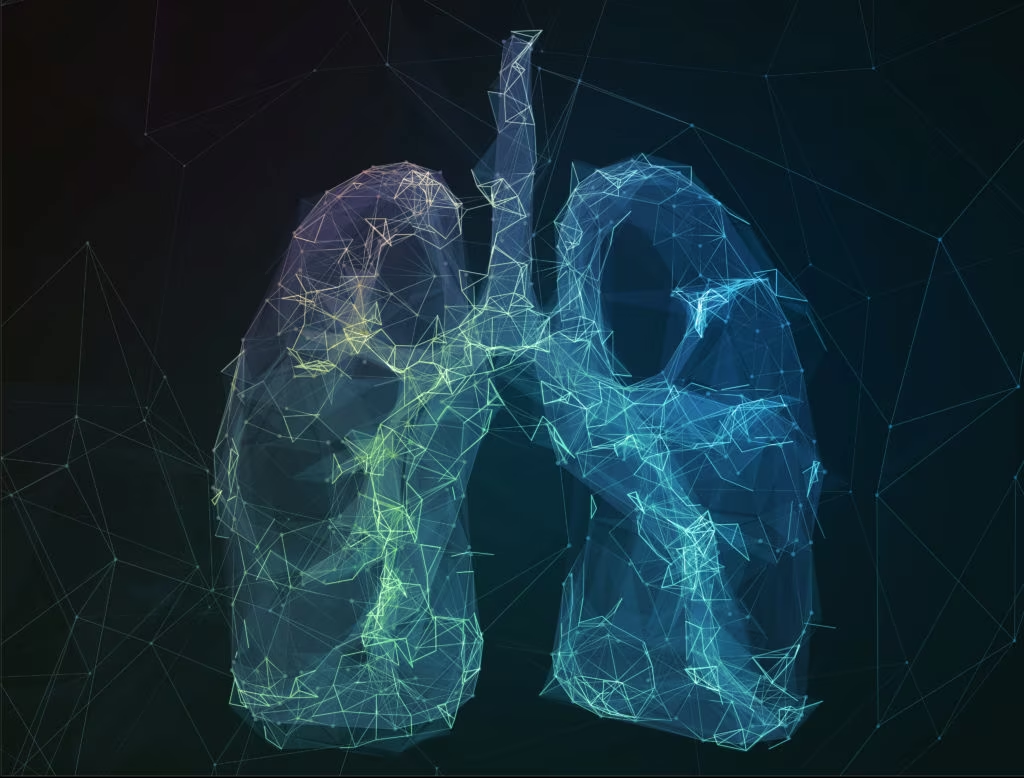Sleep Related Breathing Disorders
An Introduction to Sleep Related Breathing Disorders
Progress in appliances, positive airway pressure devices and surgery mean there are a range of treatment options for common sleep-related breathing disorders, including obstructive sleep apnoea. Oral treatments now include tongue-retaining or orthodontic/mandibular advancing appliances; and mini-implant assisted rapid maxillary expansion (MARME) is becoming more common. Surgical interventions now include staged or phasic protocols and hypoglossal nerve stimulation. Advances in patient phenotyping will help to individualise intervention selection.
Expert video highlights and insights from the conference hub and comprehensive peer-reviewed articles from our journal portfolio provide updates on the ever changing landscape.
Our supporting partners do not constitute an endorsement of the content on this page.

Physician burnout is at a critical point. In this episode, Nicky speaks with Dr Alfred Atanda about why so many physicians are burning out and what can be done to change the trend. From personal experience to system-wide solutions, Dr Atanda shares valuable insights on improving physician well-being and building a more effective healthcare culture.

In this episode, we explore the future of continuing medical education (CME) with the team behind touchIME. Hannah Fisher and Matthew Goodwin share insights into global and US trends, the importance of patient inclusivity and how educational outcomes are evolving to better measure the direct impact of learning on clinical practice and patient care.

As we observe World Lung Day, it is crucial to reflect on the escalating impact of respiratory diseases across the globe. Chronic respiratory diseases — including chronic obstructive pulmonary disease (COPD), asthma, lung cancer, pulmonary hypertension, obstructive sleep apnea, and others — continue to rank among the leading causes of morbidity and mortality worldwide. The World Health Organization’s latest data underscores the persistence of the global respiratory crisis:

Paediatric sleep-disordered breathing Sleep-disordered breathing (SDB) is defined as the disruption of normal respiration and ventilation while asleep.1 SDB encompasses multiple sleep disturbances, ranging from mild snoring to obstructive sleep apnoea (OSA).1,2 OSA is characterized by episodic partial or complete ...

Obstructive sleep apnoea (OSA) is a widespread disorder that affects millions of individuals worldwide.1 It is characterized by repeated episodes of upper airway obstruction during sleep; these episodes can have several negative consequences, including daytime sleepiness, impaired quality of life ...

Welcome to the latest edition of touchREVIEWS in Respiratory & Pulmonary Diseases, which covers several hot topics in respiratory medicine, including asthma, chronic obstructive pulmonary disease (COPD), interstitial lung disease, bronchiectasis and the ever-present subject of Coronavirus Disease 2019 (COVID-19). The ...

Obstructive sleep apnoea (OSA) is characterized by recurrent upper airway obstruction precipitating variable degrees of recurrent desaturations, sleep fragmentation and increased autonomic stimulation. As the global burden of obesity continues to rise, so too has the prevalence of OSA.1 Although ...

CHEST 2022 took place between October 16-19 in Nashville, TN, we interviewed editorial board member Prof. Margaret Pisani (Yale School of Medicine. New Haven, CT, USA) around her personal congress highlights and the networking opportunities which were available on site. Questions ...

Once-nightly sodium oxybate (FT218) is currently being investigated in the open label phase 3 study RESTORE (NCT04451668) for the treatment of narcolepsy. We caught up with Prof. John Harsh (University of Colorado Boulder, Boulder, CO, USA) to discuss the aims, design, ...

Welcome to the latest edition of touchREVIEWS in Respiratory & Pulmonary Diseases, which aims to provide insightful and topical articles relevant to the everyday practice of busy physicians. Our popular expert interviews provide a snapshot of hot topics in medicine. ...

Paediatric sleep-disordered breathing (SDB) refers to a spectrum of respiratory disorders with intermittent upper-airway obstruction and sleep disruption in children.1 SDB spans primary snoring, upper-airway resistance syndrome, obstructive hypoventilation and obstructive sleep apnoea (OSA), listed in order of increasing severity ...

It was a pleasure to talk with Professor Joerg Steier (King’s College London, London, UK) around the development of the Delphi Consensus Statements on the diagnosis and management of excessive daytime sleepiness in obstructive sleep apnea and how these ...

We were delighted to talk with Professor Joerg Steier (King’s College London, London, UK) to learn more around the challenges involved in the treatment of excessive daytime sleepiness in patients with obstructive sleep apnea and the latest research to ...

Leading sleep medicine experts explore strategies for the optimal management of excessive daytime sleepiness associated with obstructive sleep apnea or narcolepsy.




We were delighted to talk with Professor Jan Hedner (The University of Gothenburg, Gothenburg, Sweden) around the rationale, and safety and efficacy findings of using sulthiame in moderate to severe obstructive sleep apnoea. The abstract ‘Safety and efficacy of sulthiame ...
Latest articles videos and clinical updates - straight to your inbox
Log into your Touch Account
Earn and track your CME credits on the go, save articles for later, and follow the latest congress coverage.
Register now for FREE Access
Register for free to hear about the latest expert-led education, peer-reviewed articles, conference highlights, and innovative CME activities.
Sign up with an Email
Or use a Social Account.
This Functionality is for
Members Only
Explore the latest in medical education and stay current in your field. Create a free account to track your learning.





